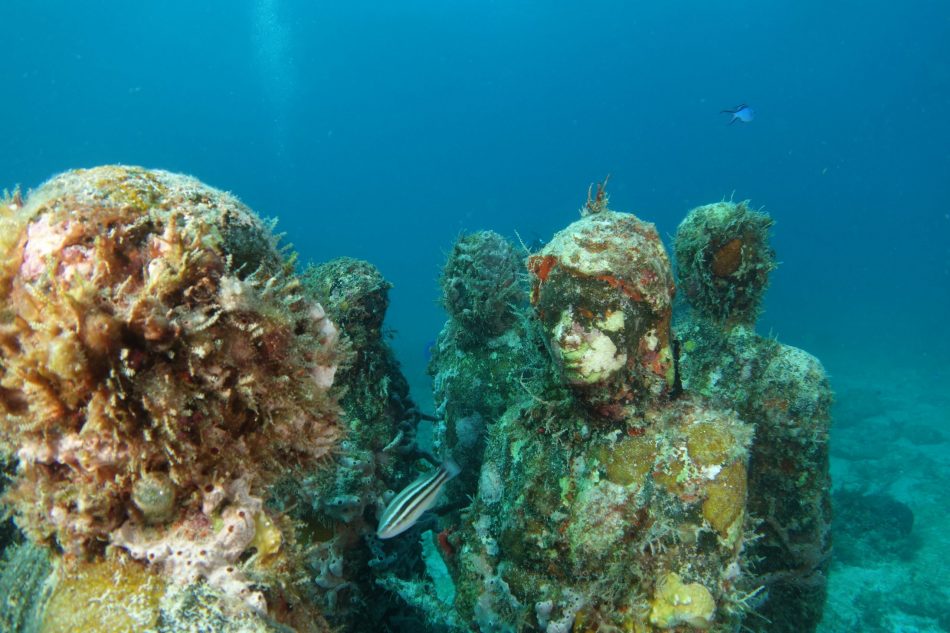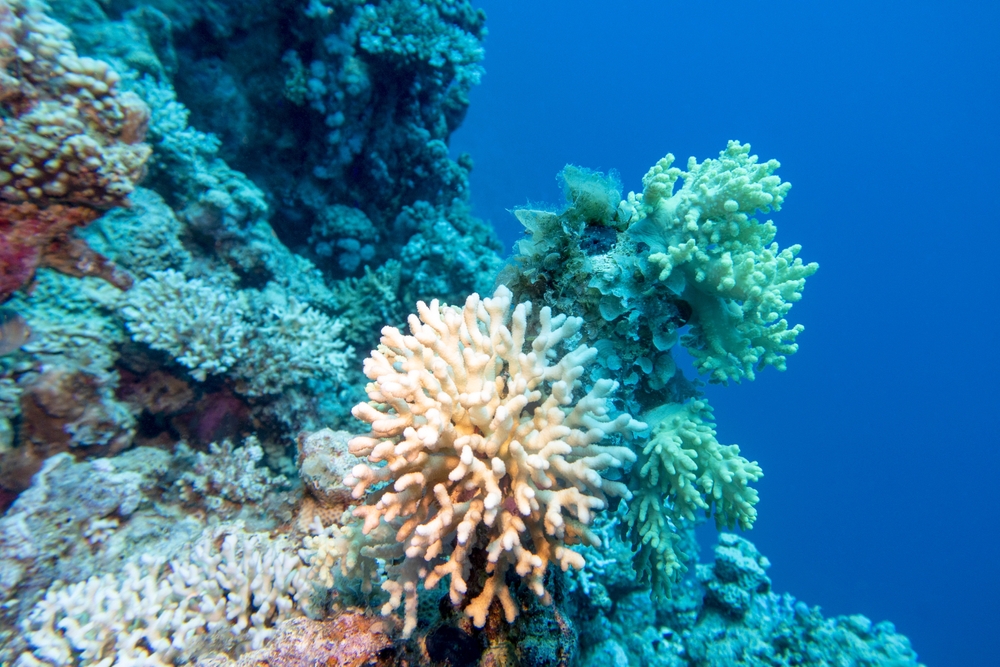Italian fisherman Paolo Fanciulli had been fishing the waters of the Maremma coastline for almost 40 years. These sea habitats near Tuscany, and Fanciulli’s livelihood, came under threat, however, in the form of illegal trawling, dragging huge nets through the water to catch large amounts of fish. This method depletes marine life in large quantities and damages the seafloor in shallower areas like Maremma. The seagrass and other sea vegetation that feed the ecosystem were devastated, and sustainable fishermen like Fanciulli can also feel the destruction.
Inspired by others around the world, Fanciulli began the non-profit Casa dei Pesci, “House of Fish,” to stop trawling in its tracks by sinking heavy, immovable objects: marble statues.
Conservation art
Fanciulli, known as “Paolo the Fisherman,” got 100 blocks of marble donated from the same quarry that gave Michaelangelo marble for his statues. Italian and international artists sculpted these into the shapes of weeping guardians or obelisks and sank them into the waters near the town of Talamone.
What resulted was what some say looked like the remains of a sunken city. The heavy underwater museum of art did its job and stopped trawlers from dragging their heavy nets through the waters. If they did, their nets would catch, and they would sink if they didn’t detach them.
Art bringing life back to the sea
A major staple plant that trawling destroyed is Posidonia, also known as Neptune Grass. Not only do the underwater meadows of Posidonia act as nurseries for marine life like lobsters and sea bream, but they also absorb 15 times as much CO2 a year as the same area of the Amazonian rainforest.
Since Paolo the Fisherman and the House of Fish sank their sculptures, Posidonia has started growing again. The 39 sculptures are covered in algae, and lobsters and turtles have even returned to the waters in the absence of trawling, along with renewing populations of sea bream and mullet.
There are another 12 sculptures on the way, and Paolo the Fisherman has ambitions of expanding the operation further along the coast. Conservationists and artists around the world are using underwater art like these Italian sculptures to preserve and redevelop marine life.
This story was part of our Best of 2022 series highlighting our top solutions from the year. Today we’re featuring solutions in politics, policy-making, and governance.












